

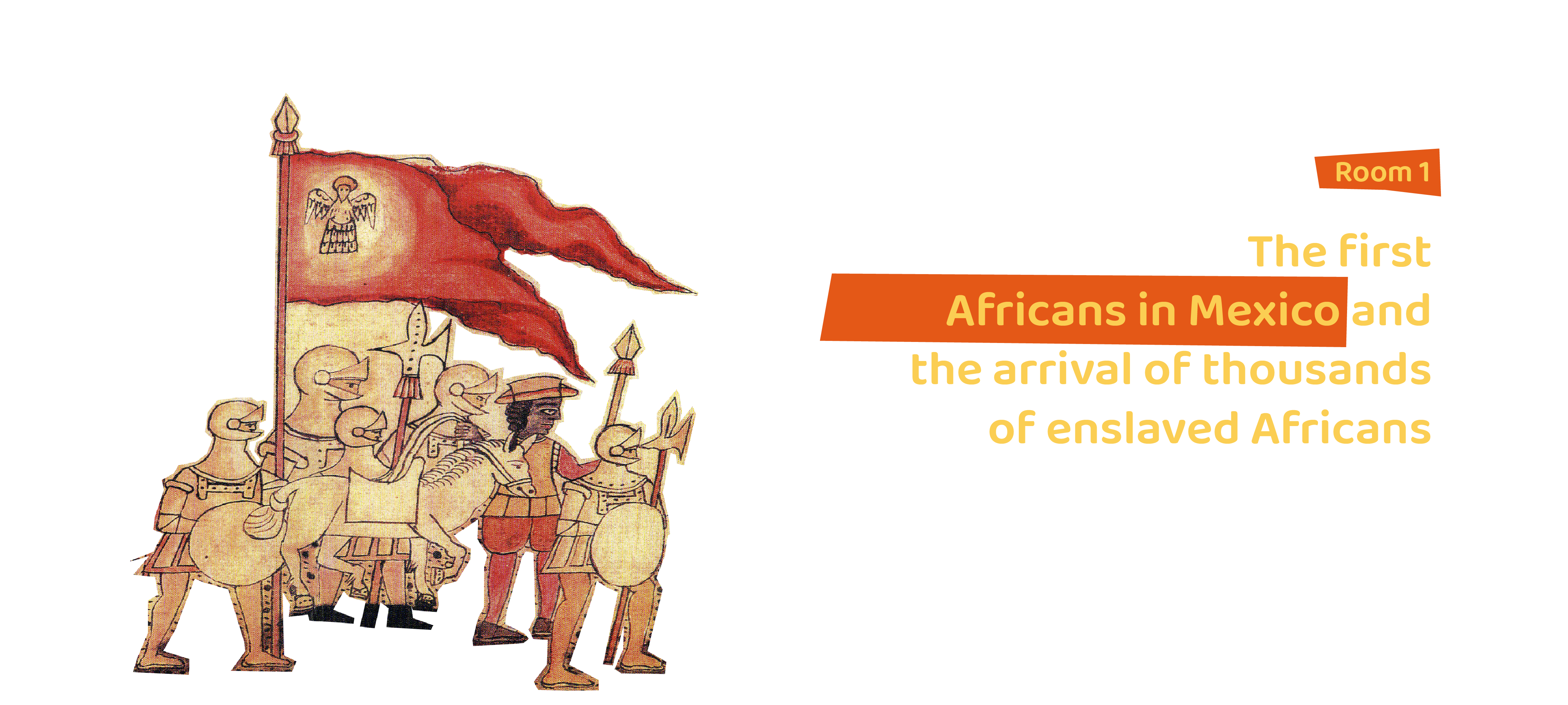
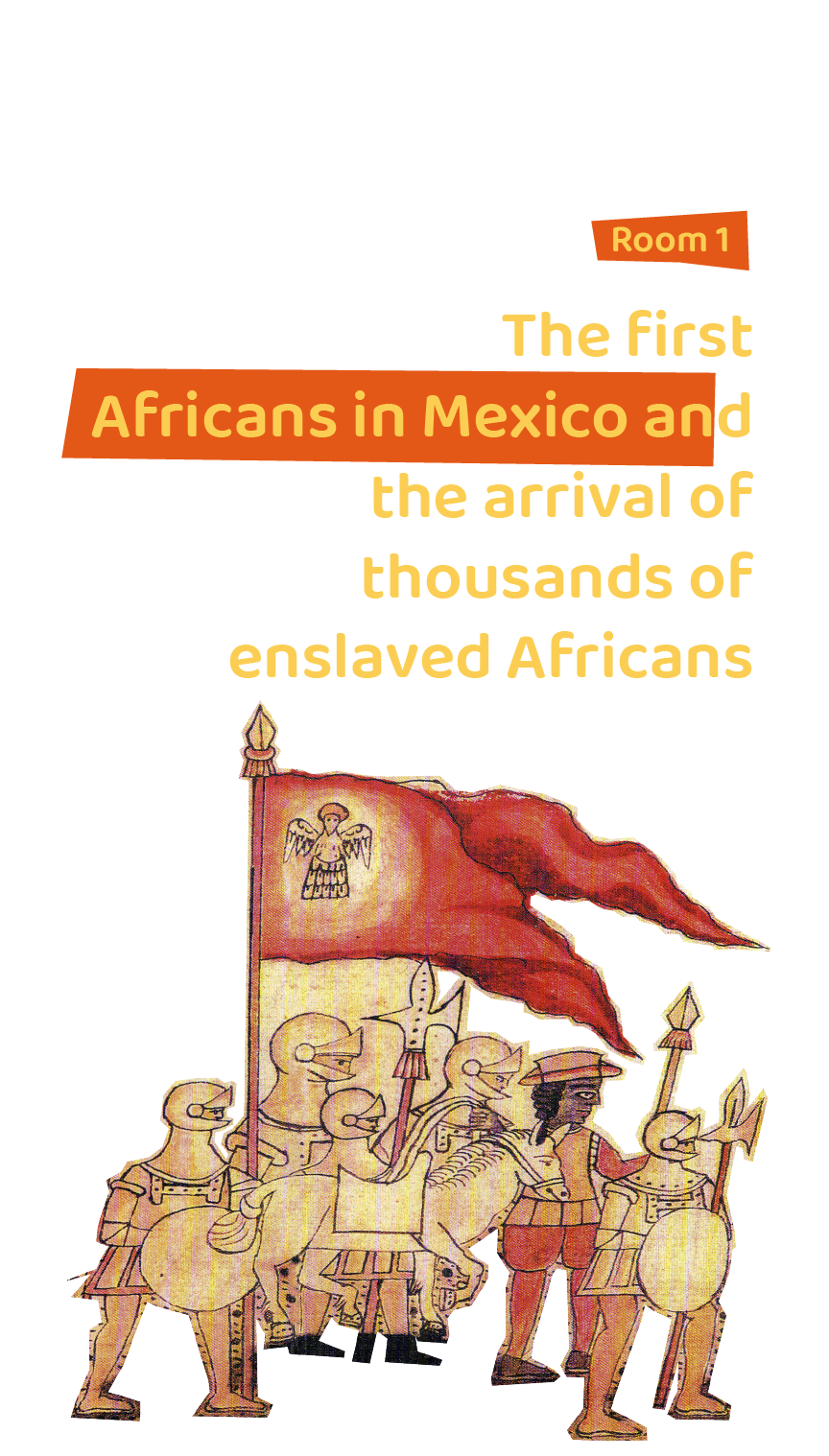

(click the buttons)

Digital resources: Societies-State · Political division · Main cultures · Physical features
Africa is and was a vast continent with a rich cultural diversity full of knowledge, languages and artistic expressions. In these maps you can see some of the main cultural groups around the 15th century, the locations of the main society-states that developed during that time, the topographic characteristics of the continent and its current political division.
The African continent is the origin of humanity, complex societies and diverse cultures flourished there. The Giza Pyramids in Egypt, with their four thousand years of age, and the Sankore Madrasah in Mali built sometime in the 12th century; both are proof of the advanced architectural, technical and artistic mastery reached by some of the civilizations in the continent. Between the 12th and 14th centuries, the Sub-Saharan Africa experienced an important cultural, economic and political boom allowing the consolidation of kingdoms that controlled large territories like the Mali Empire, with almost 400 cities, Gao in the Songhai Empire, the Hausa Kingdom, the Kanem-Bornu Empire, the Yoruba and Benin Kingdoms, the Congo and other more in Southern and East Africa.
Oceanic trade routes for enslaved people
15th to 19th centuries
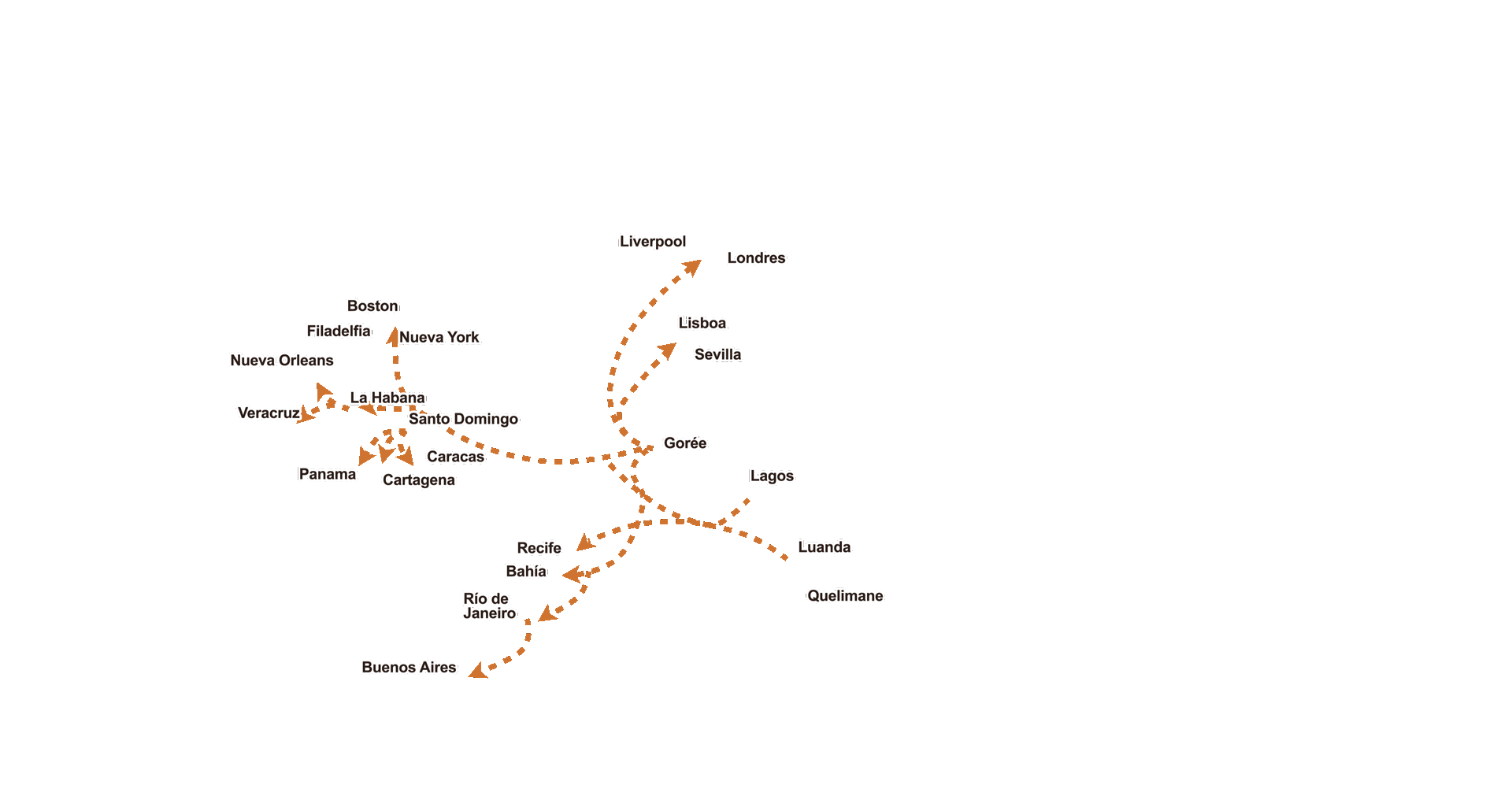
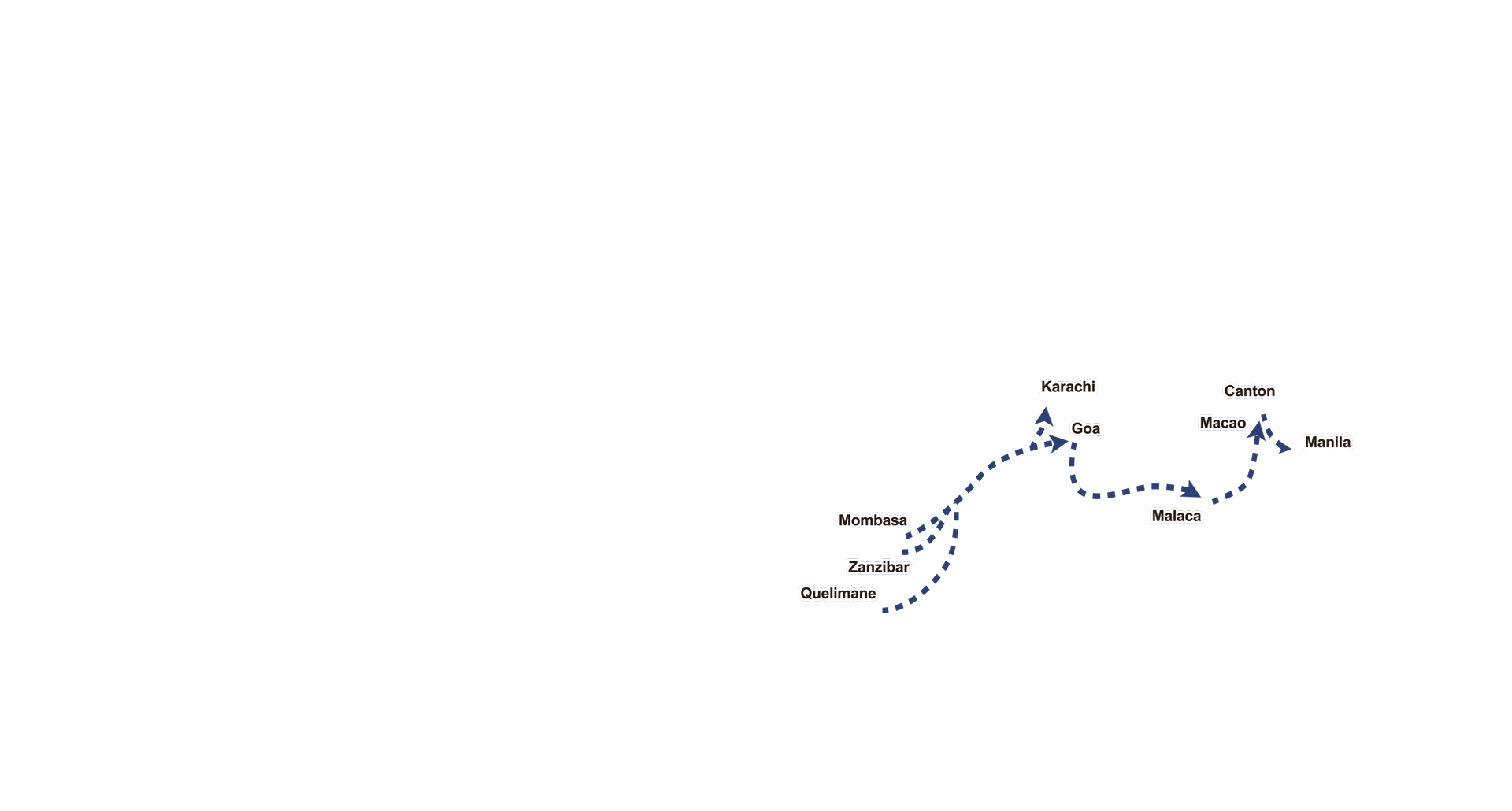
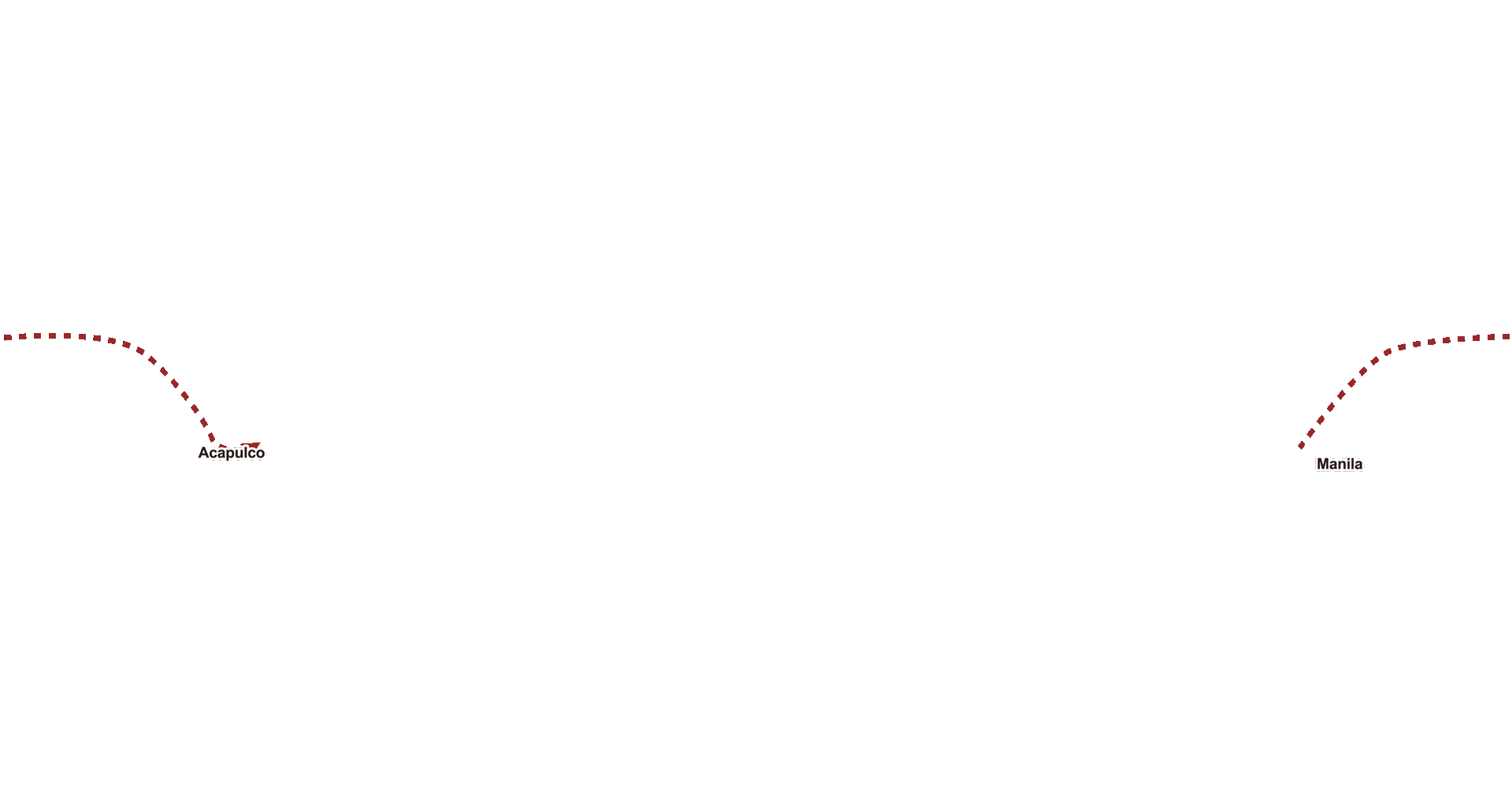

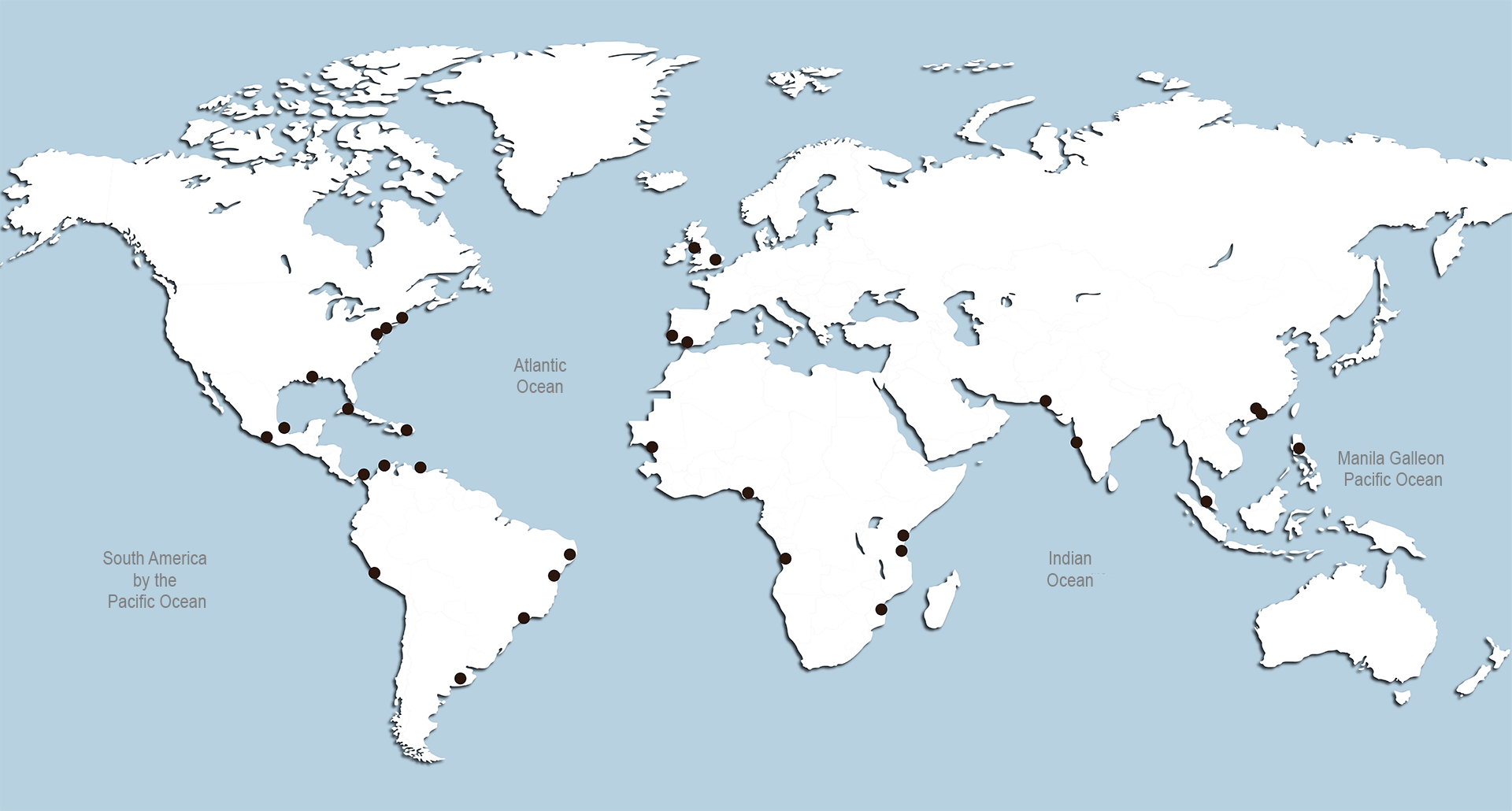
Routes
(Click the buttons)

Digital Resource: Oceanic Trade Routes of Enslaved People 15th to 19th Centuries
The trade of slaves from the African continent was carried through sea and land routes. It was the longest and most consequential slave trade in modern history.
Slavery, with different characteristics, has been present in almost all societies. Populations from the north of the African continent faced it under the subjugation by the Arab Empires. Afterwards, in the 15th century, the Europeans, specifically the Portuguese, started an exploration process of the African coasts in order to establish slave and commerce routes. The demand for slaves in Europe and later on America, in large part because of the sugar boom, gave way to a profitable business of enslaved Africans. The human trafficking in the Atlantic grew starting the 16th century. A great number of sea routes developed from East Africa through the Indian Ocean. These routes existed for at least four thousand years and they were used for the commerce of people arriving all the way to the Philippines, which was part of the Spanish Empire back then.
The exploration, conquest and colonization expeditions were joined voluntarily and involuntarily by people of African origins. They were known as assistants. As an example, with Hernán Cortés came enslaved and free Africans and Afrodescendants, they took part in the Mexico-Tenochtitlan occupation and other ventures by the Spanish captain. In the south, Sebastián Toral accompanied Francisco de Montejo through his Yucatan campaigns, and Esteban, better known as Estebanico, followed Álvar Núñez Cabeza de Vaca, crossing from Florida all the way to Mexico City. For their part in the battles, some Africans and Afrodescendants were rewarded with freedom, assignments, land and other assets. It seems that, in the Duran and Azcatitlan codices, Juan Garrido shows up in the image that recounts the encounter between Cortés and Montezuma. Garrido said he was the first one to sow wheat in, what was back then, the New Spain. He received land in Mexico City, becoming herald and superintendent of the Chapultepec aqueduct.
The demographic decline of the indigenous population and the prohibition to enslave them in 1542 were the reasons behind a surge in the demand of an African workforce for the new vice-royal enterprises. The effects of the conquest, the epidemics, the abuse and, what some historians have called, the vital dullness, were a few causes behind this population disaster. The Spanish colonizers demanded men, women and children for various activities in mines, agricultural and livestock haciendas, housework activities, different trades and in the development of sugar mills. Because of this, thousands of Wolofs or Mandinkas from Angola and Congo, as well as Bantu people from Central and East Africa were kidnapped and transferred forcefully to the New Spain from the 16th till the 18th century.
Trade of enslaved people in New Span: income, routes and destinations.
Sixteenth to eighteenth century





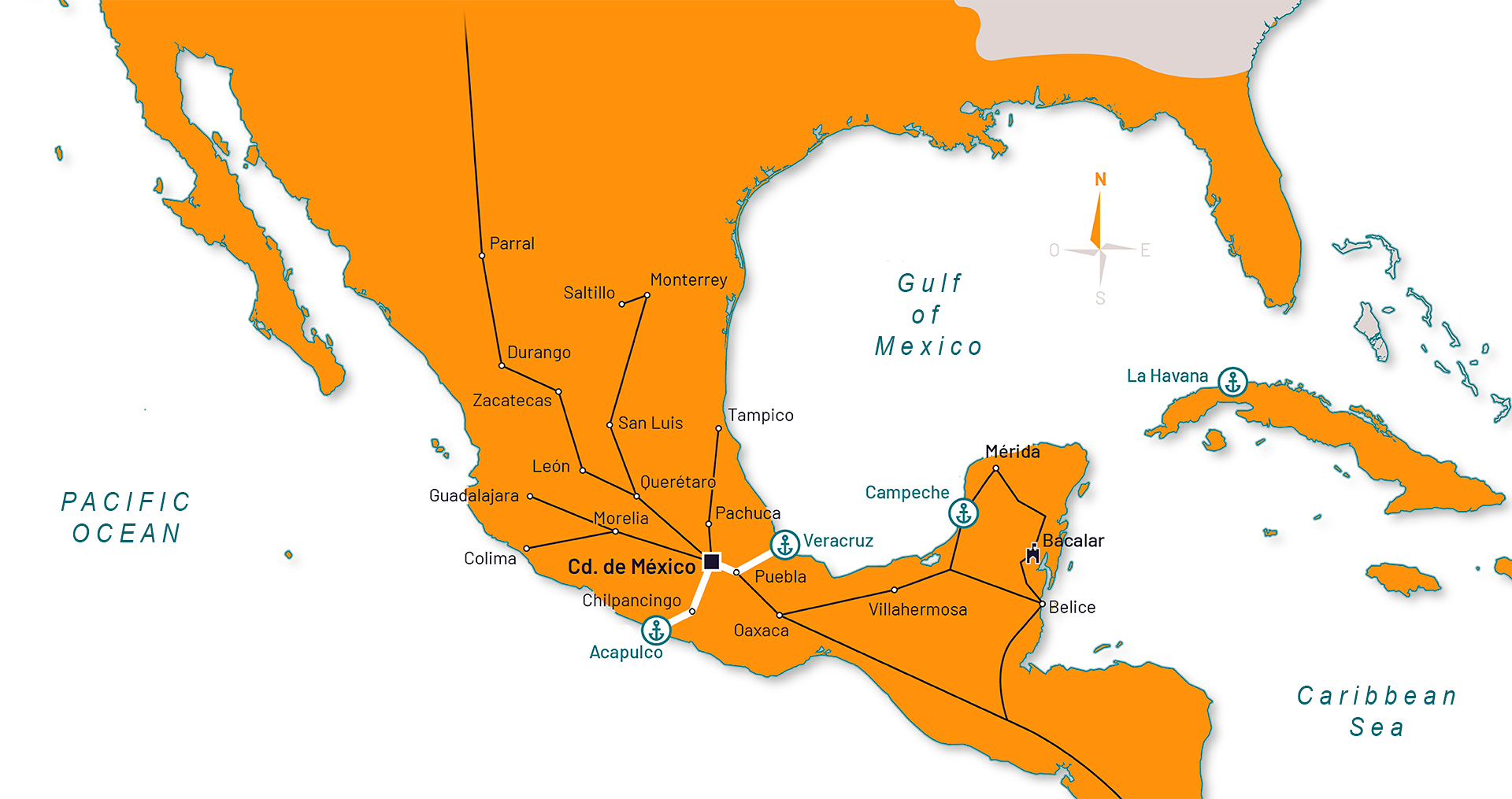
Income, routes and destinations
(click the buttons)

 Ports of arrival to New Spain
Ports of arrival to New Spain Pacific route
Pacific route Atlantic route
Atlantic route Trade routes to Mexico City
Trade routes to Mexico City Distribution routes within New Spain
Distribution routes within New Spain
Digital resource:
Trade of enslaved people in New Span: income, routes and destinations.
Sixteenth to eighteenth century
At least by three ports, Veracruz, Campeche and Acapulco, enslaved people arrived into the New Spain to be distributed across the country in the Vice-Regal Period.
Most of the enslaved people form the African continent came forcefully to the New Spain via the Atlantic; others came across the Pacific. They would leave Africa from different locations and arrive through the official ports which were Veracruz, Campeche and Acapulco. On the long journey, one that could last two to three months, some of them were sold in the Antilles; many more died at sea, in an overcrowded ship that carried 200 to 300 unhealthy, abused slaves. Scholars estimate that around 250 thousand Africans arrived to our coasts, although many of them came as contraband and through unauthorized ports; hence the number is hard to assess.
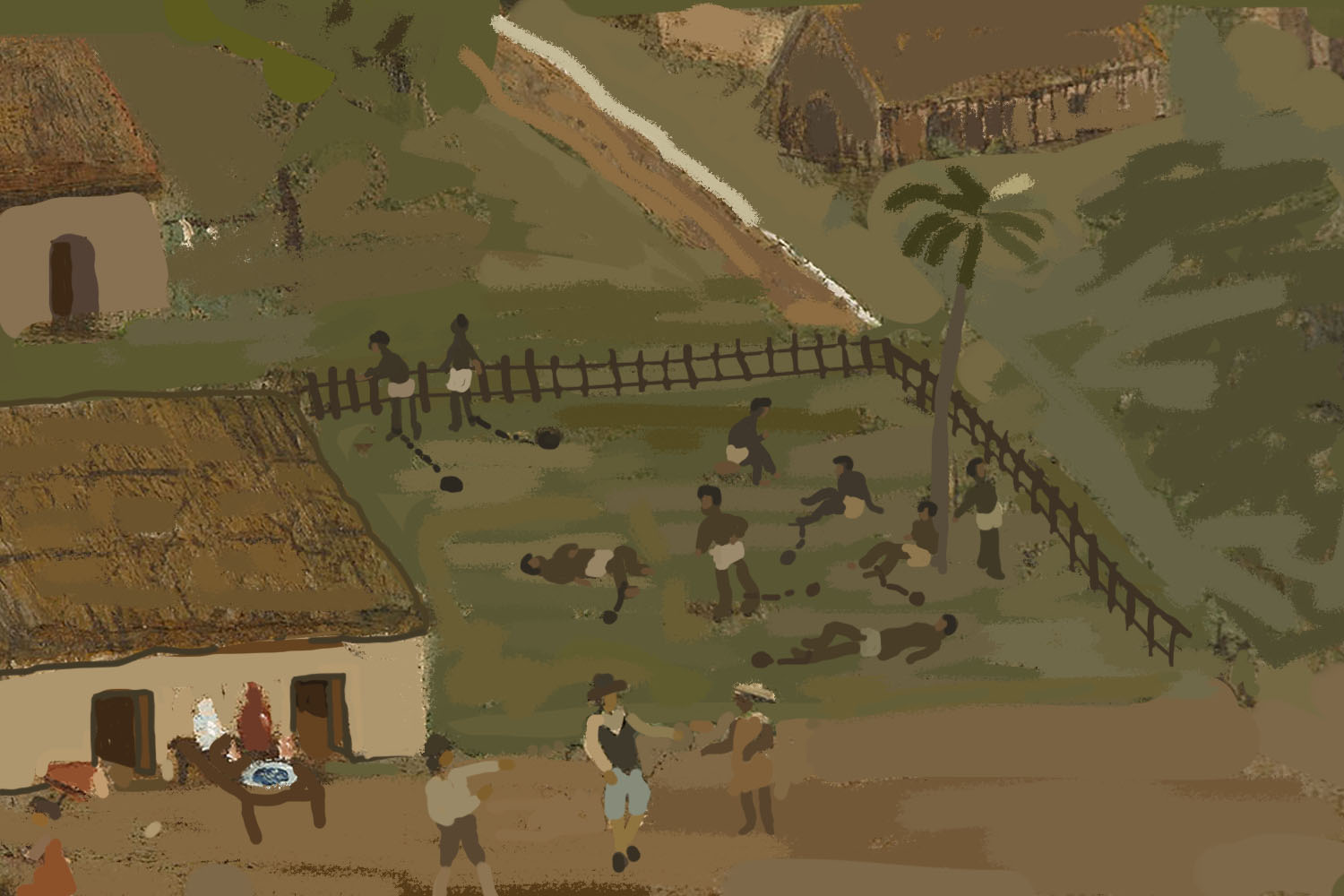
During the annual Acapulco Fair, silk, ivory, jewels and porcelain were sold. Slaves were also present as can be seen in this fragment recreated from a painting of late 18th century.
